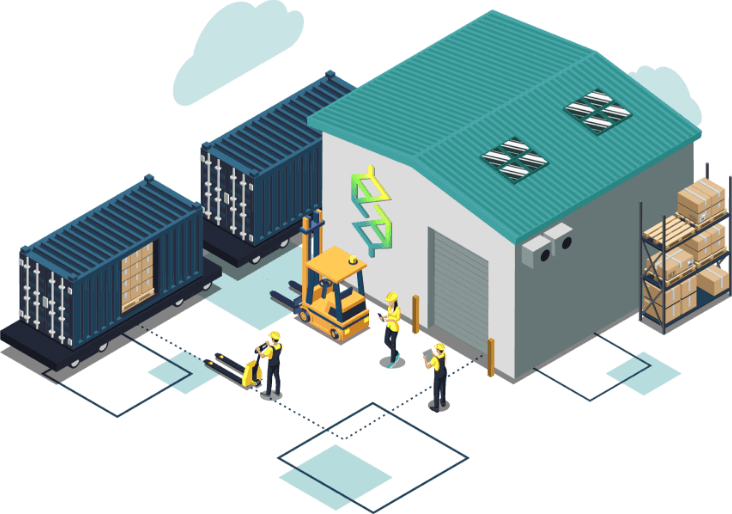What are Transportation Management Services?
Transportation Management Services boil down to cost-effective shipping and routes, optimized by end-to-end planning and business-specific inventory management.
The “business-specific” part is important–that means Dollar Fulfillment will be using all of its resources to ensure that your inventory is handled just like you would handle it, if you had a dozen clones of yourself, hard at work. Dollar Fulfillment tailors its Transportation Management Systems in particular to smaller and mid-sized businesses that are looking to take the next step in their growth. That’s because these are the businesses that need it most–too small for their own warehouse or logistics network, and too big to rely on the admirable hustle of their employees.
Transportation Management Services offered include the following:
Planning
The wrong route can cost you a lot of money, especially if it is repeated dozens or hundreds of times. We get it right the first time.
Execution
A plan is only as good as its follow-through. Dollar Fulfillment stays on top of the plans we make for you and we are transparent about any course corrections.
Optimization
Once we have the best route created for you, all we want to do is make it better, and make extensive use of our logistics expertise and industry knowledge.
Why Use Transportation Management Services from Dollar Fulfillment?
Choosing a TMS Partner is a logical choice for businesses in today’s ever-widening world. Logistics is its own entire industry, with incredibly intelligent people developing algorithms and intricate behavior maps to churn out those extra percentages of efficiency that turn a struggling business into a profitable one. It’s a whole lot of work–and you already do a whole lot of work with everything else that has made you successful. Handing off the responsibility of transportation management to Dollar Fulfillment includes many benefits:
- Built-in compliance protocols for any import or export business
- Cost-reductions for your company and your consumer
- Essentializing supply chain links across carriers, locations, and modes.
- Faster, more accurate billing due to automation of business operations
- Faster delivery times
- Flexible scaling as your business and customer-base grows
- Improved transparency of your transportation process = improved security
- Improved tracking both locally and globally
- Ready-made reports based on hard numbers from the “ground level”
Dollar Fulfillment Is the TMS Service Provider You Need
Dollar Fulfillment Transportation Management Services are one part of a full suite of services that Dollar Fulfillment offers, which also include essentials like Returns Management, Shopify Integration, Order Management, Warehouse Management, and much more. We are the one-stop shop to take your growing business into the powerhouse that you want it to be.
Because we do everything, we are uniquely situated to give you advice on how to optimize the logistical side of your business and to offer our insight and solutions to maximize your profit and your customer satisfaction. Contact us today for your consultation; we would love to hear from you.
